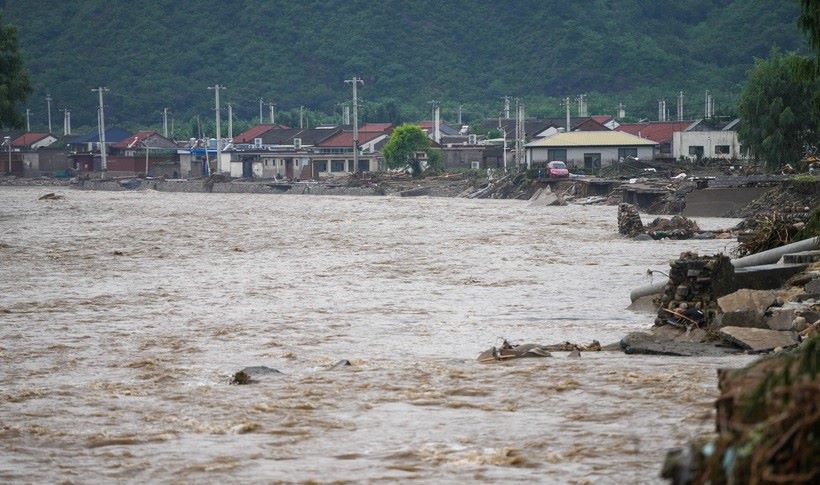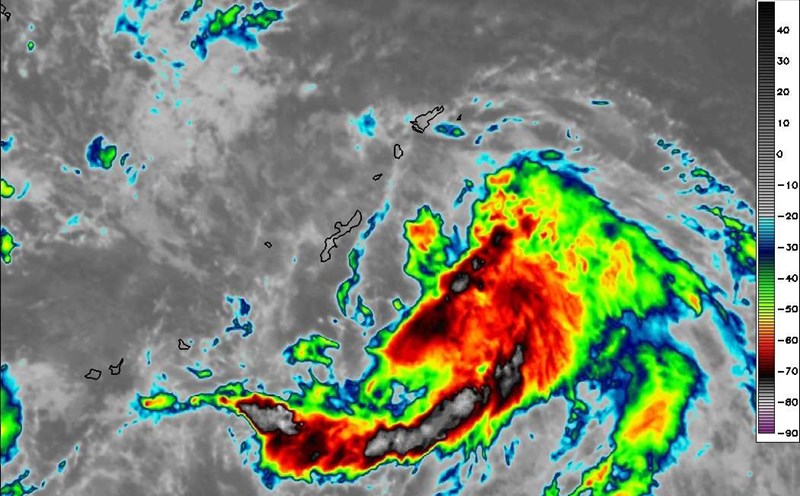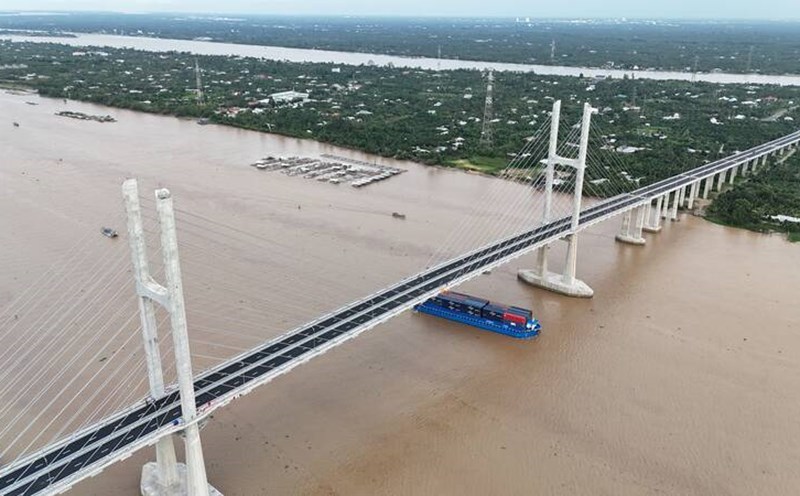According to the latest storm information from the US Joint Typhoon Warning Center (JTWC), on the morning of July 31, Comay Depression (formerly Typhoon No. 4 in the East Sea) was determined to be at 31.2 degrees north latitude, 120.4 degrees east longitude, continuing to move slowly in the west-northwest direction at a speed of about 10 km/h and maximum wind speed of only 55 km/h. The center of the pressure has increased to 988hPa - a sign that this system is rapidly weakening.
Comay (Vietnam's name is Co May) is no longer a risk on land and no natural disaster warnings are being issued. On the afternoon of July 30, Comay made its second landfall in Shanghai after making landfall in Zhejiang Province (China) on the same morning.
After passing through eastern China and the interior of Thai Ho Lake - one of the largest freshwater lakes in China, Comay has unexpectedly recovered a small amount of convection. However, this life is only temporary, because the storm was almost completely covered by dry air, seriously hindering the formation of convective clouds.

Although Comay's circulation structure is still quite clear, the possibility of further development is almost zero. The latest storm forecasts show that there are no more tropical storm-level winds in the affected area. Therefore, meteorologists have officially lowered the wind speed to 55 km/h.
Under the impact of a low-pressure cyclone in the southwest and an upper-middle-high-pressure edge in the east, Comay is forecast to continue moving slowly west-northwest in the next few hours. The system will continue to weaken as it moves inland and is expected to become a post-tropical depression on July 31, before completely dissipating tomorrow (August 1).
Comay's journey is considered unusual, starting weakly in a low pressure area, not causing much impact at sea, but maintaining a relatively stable structure when entering the mainland - something rare for a weak tropical storm.
Comay re-strengthened off Okinawa (Japan) on July 27 after weakening to a tropical depression on July 25. This is the first time since 2018 that a typhoon has been upgraded by the Japan Meteorological Agency after weakening into a tropical depression.
Comay is even predicted to be reborn once again after dissolving. However, with the current rapid weakening and unfavorable environmental conditions, Comay is about to end its life cycle.











